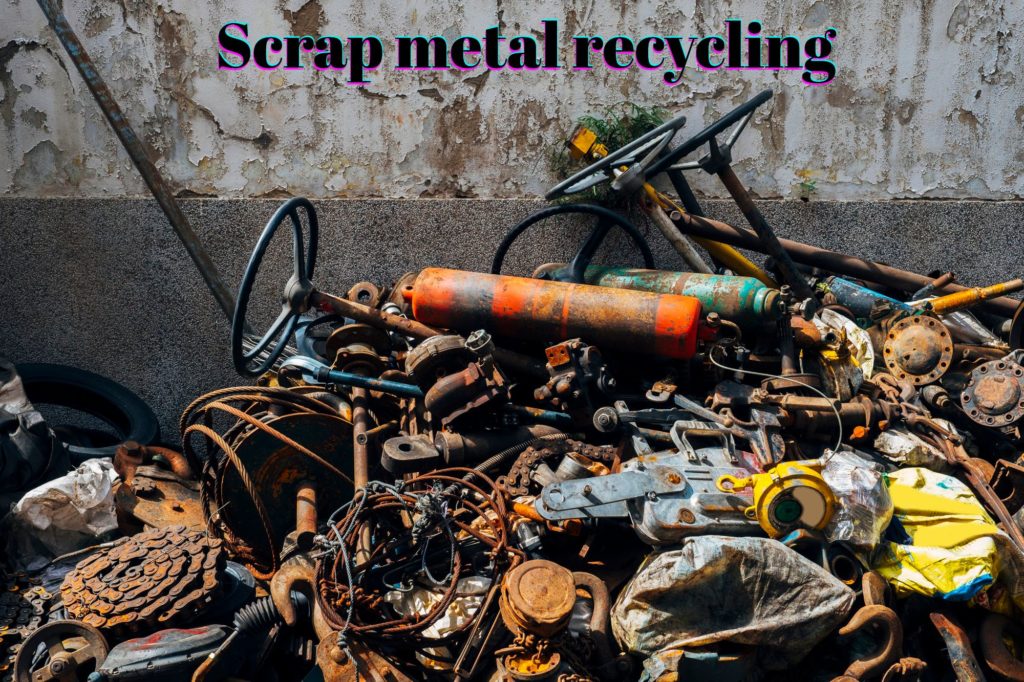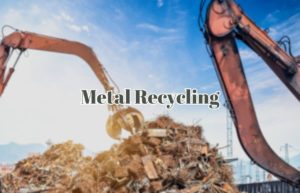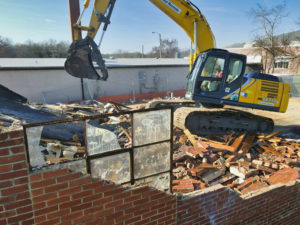Scrap metal recycling for a healthier environment
Scrap metal is a common byproduct of the modern-day, highly industrialized world where a range of metal household items and consumer goods form a part of people’s everyday life. However, these items are often discarded after they have reached their usage limit or lost their utility.
Scrap metal yards in cities and towns across the world are common where these items end up in large heaps. That’s certainly not a pleasant sight, often posing an environmental threat in the form of a waste disposal problem.
To minimize the environmental impacts of accumulated scrap metal, people have started understanding the fact that the word “scrap” does not necessarily imply waste. This has given rise to an increasing trend of scrap metal recycling, which has been globally adopted to promote a healthier environment.
Metals like iron, steel, copper, nickel, lead, zinc, and aluminum are recyclable in nature. They can be salvaged, processed, and reused without altering their inherent properties, thereby solving the waste disposal crisis.
Steps involved in the scrap metal recycling process
Now that you know the importance of scrap metal recycling in building an eco-conscious world, let’s take you through the steps involved in the process:
1. Identifying scrap metal yards
The first step in the scrap metal recycling process is the identification of scrap metal yards in your county, town, or city. Scrap yards usually have an enormous amount of scrap metal that comes from domestic and industrial settings. If you have any metal scrap that you wish to recycle, you can approach these scrap yards where you can carry out the transaction on-site as per local scrap metal recycling prices. Just make sure you have your ID with you because these scrap yards can ask for it to ensure they aren’t dealing in stolen goods.
2. Collection of scrap metal items
After you identify scrap metal yards, the collection process starts. It is one of the most crucial steps in the scrap metal recycling process. Ideally, there should be containers that are designed specially to collect scrap metal so that the process becomes organized. The scrap yards you approach should have a good collection process and should deal in local scrap metal recycling prices. Since the cost of collecting different metals is different, you should be aware of the prices prevailing in the market so that the deal is fair.
3. Sorting of scrap metal
After the collection of scrap metal is over, everything is sent to a local scrap metal recycler who is responsible for sorting all metals. Scrap metal recycling becomes more effective when different metals are segregated and placed in order of their recyclability. Scrap metal recyclers separate recyclable (ferrous) materials from any non-recyclable (non-ferrous) materials by using sensors and magnets. The separation process using such technologies can increase metal recovery rates and make the process more efficient.
4. Squeezing of scrap metal
After the sorting of scrap metal is done, the next step in the process initiates the actual processing of ferrous materials. The scrap metal recycling process involves squeezing the sorted materials into compact forms using specialized machines. The scrap metal is transferred for further process on conveyor belts. The purpose of squeezing scrap metal is to turn everything into small and manageable chunks that don’t occupy too much space on the conveyor belt while transporting them to shredding units.
5. Shredding and crushing
To recycle scrap metal, it has to be crushed and shredded. In the shredding unit, the metals are turned into small sheets or pieces for further processing. It is important to note that the tiny pieces of metal have a high surface-to-volume ratio and they can be melted with less energy in comparison to large metal pieces. Usually, aluminum is beaten into sheets, and steel is turned into blocks. Scrap metal recyclers often have large machinery units that help them in the shredding and crushing process.
6. Melting of shredded metal scraps
The next step in scrap metal recycling is melting. The scrap metal recycler then takes the shredded pieces of metal to a huge furnace where they are melted. The furnace is specifically designed to heat and melt particular pieces of metal based on their properties. It is heated to a particular temperature. The melting process can take a few minutes to several hours depending on the size of the furnace, the nature and volume of the metal, and the temperature of the furnace.
7. Purification of molten metal
It’s common for molten metal to contain impurities that can alter the characteristics of the final product. Hence, scrap metal recycling involves a purification process that uses different methods. One of these methods is electrolysis, but magnetic systems are also used to separate pieces of metal from other recyclable materials. The objective behind the purification process is to remove impurities from the molten metal to ensure quality.
8. Cooling and solidification
The scrap metal recycling process involves another level of purification in which the molten metal is passed through a cooling chamber on a conveyor belt. The metal cools down and solidifies in the chamber. This is the stage when scrap metal is converted into solid metal forms of different sizes and designs for reuse. Scrap metal recyclers add certain chemicals to the molten metal to improve its density and metallic properties.
9. Transportation of solid metal
Once scrap metal recyclers make and design the metal bars, they are packed and transported to different factories. The packaging takes place according to the shape and size of the metal bars. They are also transported to individuals who deal in metal, such as jewelry makers, artists, and metalworkers.
10. Creation of new products
The step that finally closes the scrap metal recycling process is the manufacture of new products. The whole idea behind scrap metal recycling is to process and reuse scrap metal. Recycling scrap metal means creating raw materials that would further help in the creation of new products. When these products serve their purpose and are no longer usable, they find their way to the scrap yards from where the scrap metal recycling process starts again.
Conclusion
The level of advancement in the scrap metal recycling process can differ depending on the technology employed by scrap metal recyclers. Nonetheless, any individual or scrap metal recycler will have to follow the aforementioned steps to recycle scrap metal and reduce the environmental impacts of its prolonged accumulation.








